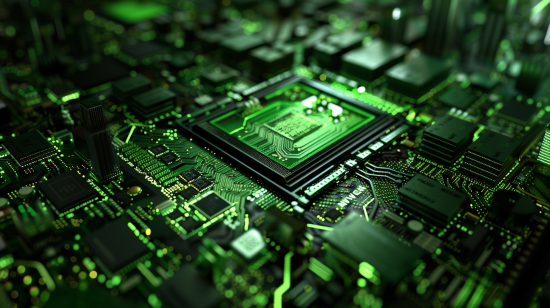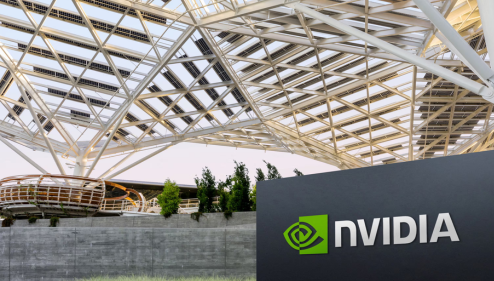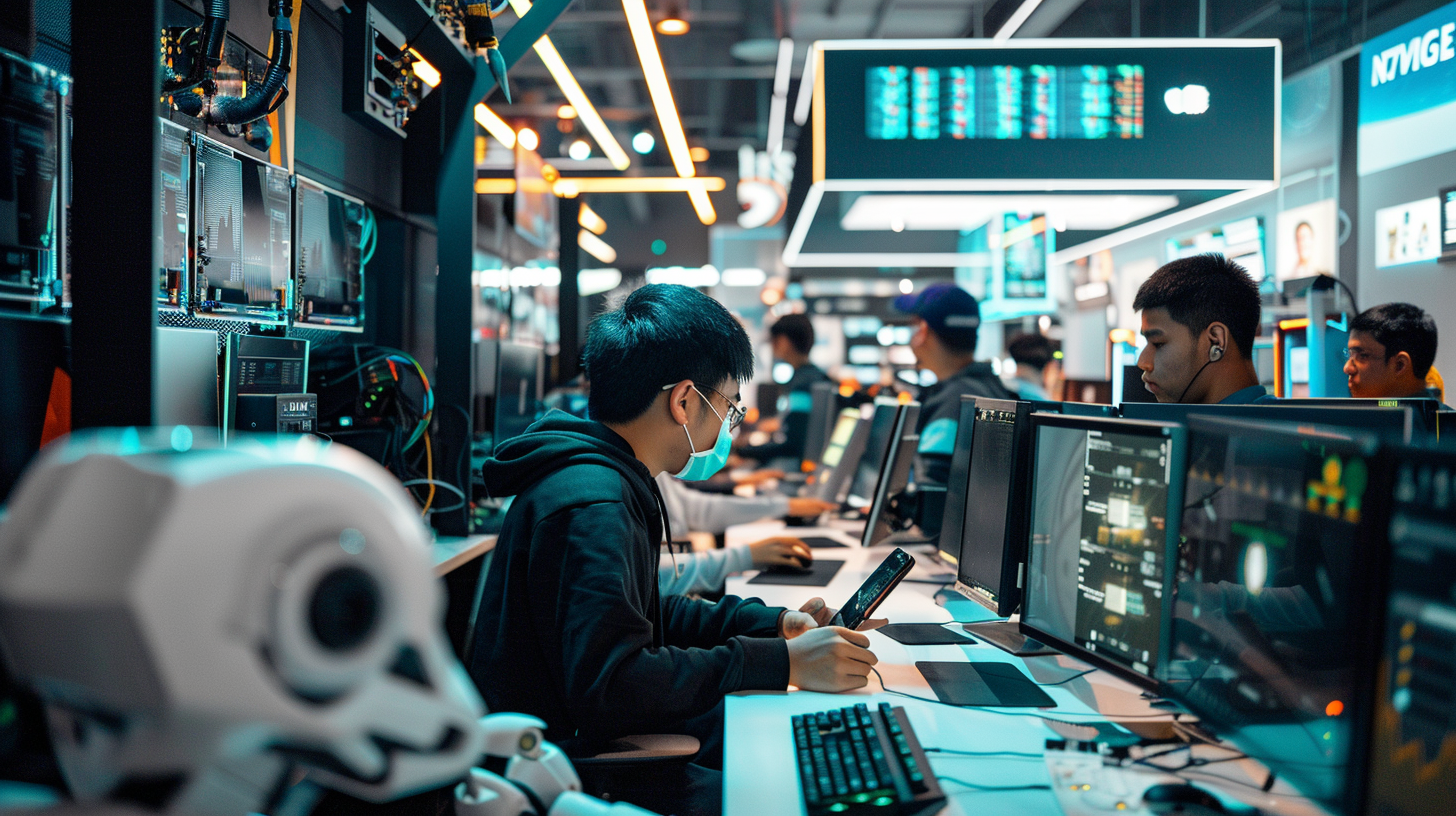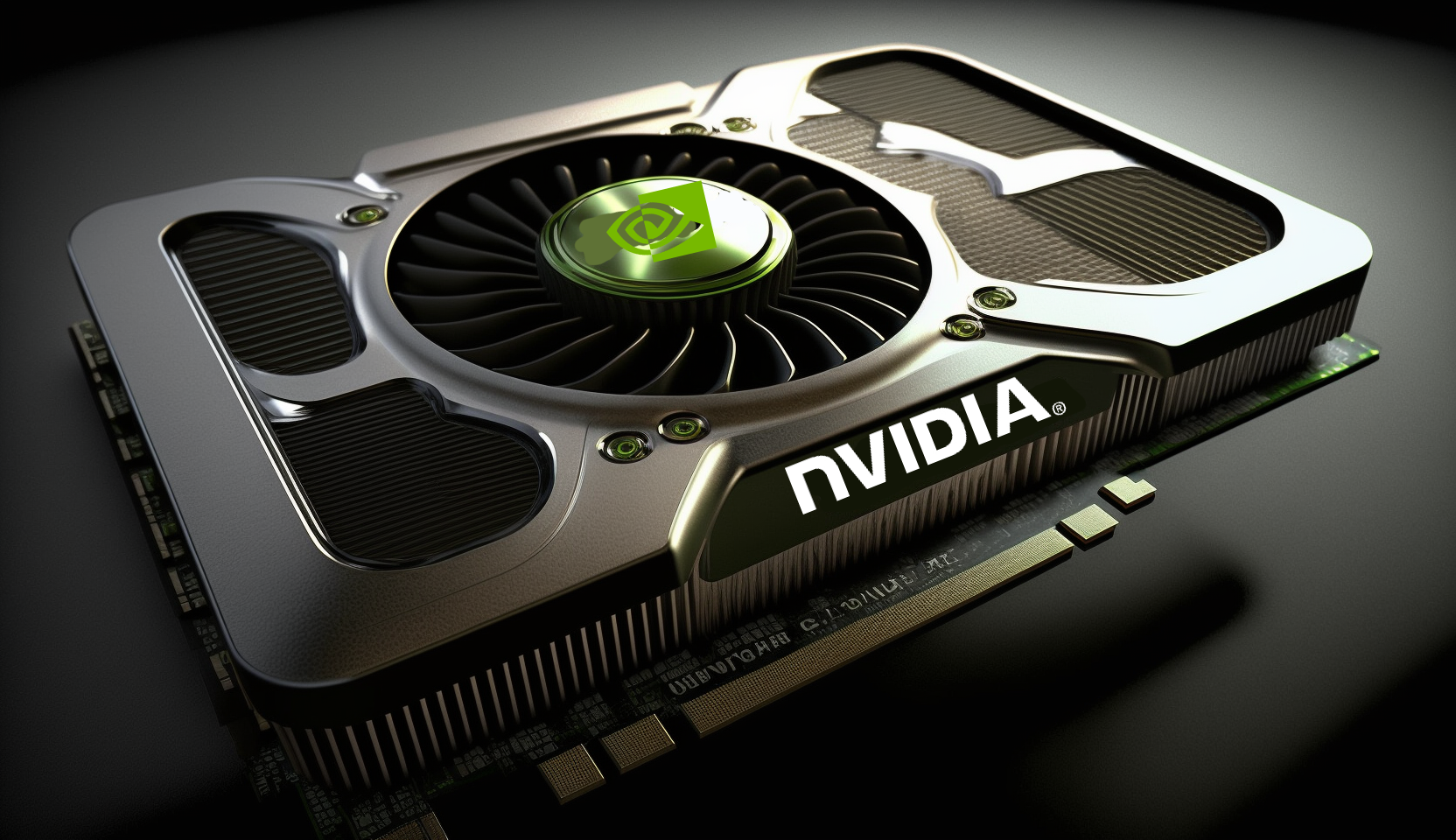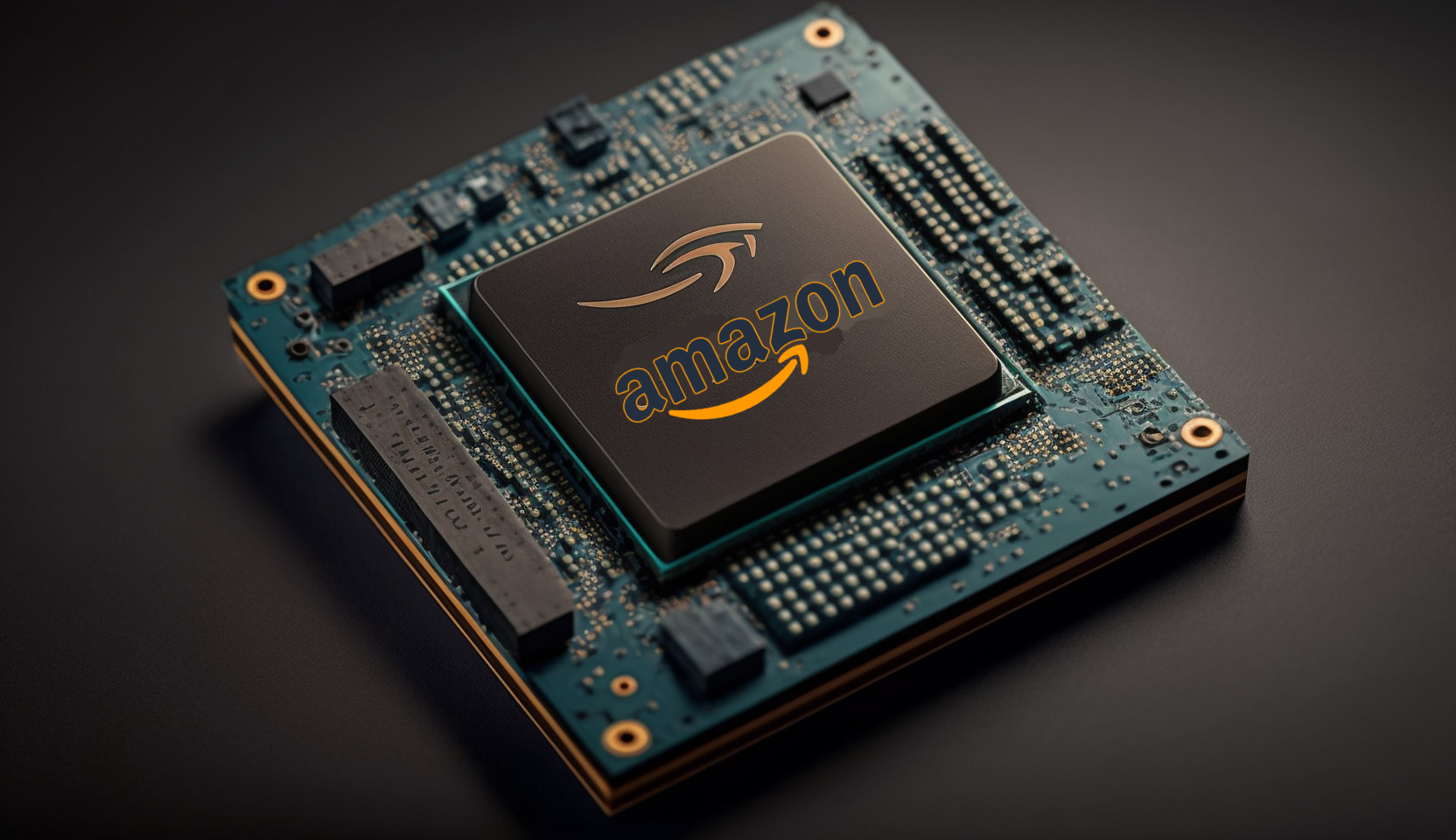| Key Points: – Nvidia’s stellar earnings fail to impress investors as AI excitement wanes – Big Tech struggles to show concrete returns on massive AI investments – Nvidia’s diverse applications provide stability amid AI uncertainty |
The artificial intelligence gold rush that has captivated Wall Street for the past 18 months is showing signs of cooling, as investors begin to demand more tangible results from the technology sector’s massive AI investments. This shift in sentiment was starkly illustrated by the market’s lukewarm response to Nvidia’s recent earnings report, which, despite showcasing impressive growth, failed to ignite the enthusiasm that has become characteristic of the AI narrative.
Nvidia, the world’s leading AI chip producer, delivered a quarterly report that would be the envy of most businesses. Sales surged 122% in the second quarter, profits doubled, and the outlook for the current quarter remained strong. Yet, Nvidia’s shares slumped 7% following the announcement, a telling indicator of changing investor expectations in the AI space.
The muted reaction to Nvidia’s stellar performance speaks volumes about the evolving psychology of Wall Street. For months, investors have been throwing money at any company with potential AI profits, creating a hype train that has carried Nvidia to a staggering 3,000% stock price increase over the past five years. The company’s quarterly earnings reports had taken on an almost mythical quality, consistently beating expectations and training Wall Street to anticipate the extraordinary.
However, the initial thrill of AI breakthroughs is beginning to fade, and investors are adopting a more discerning approach. The key question now is no longer about the potential of AI, but about its ability to generate concrete revenue for the companies heavily invested in its development. Big Tech firms have poured billions into AI research and development, yet have relatively little to show for it in terms of transformative products or services.
While chatbots like ChatGPT and Google Gemini have impressed, they haven’t quite lived up to the game-changing potential touted by their creators. The current consumer demand for AI seems centered on making mundane tasks less onerous, rather than the grand visions of AI revolutionizing creative processes or complex problem-solving that tech companies have been promoting.
For Nvidia, this reality check presents both challenges and opportunities. Unlike many AI startups built on promises and potential, Nvidia has a solid foundation in producing essential hardware for the tech industry. CEO Jensen Huang emphasized that Nvidia’s chips power not just AI chatbots, but also ad-targeting systems, search engines, robotics, and recommendation algorithms. The company’s data center business continues to drive nearly 90% of its total revenue, providing a stable base even as the AI hype cycle fluctuates.
However, Nvidia isn’t without its vulnerabilities. The company’s current dominance in AI chip production is partly due to the complexity and difficulty of replicating its products. But this advantage may not be permanent. Tech giants like Google and Amazon, currently reliant on Nvidia’s chips, are racing to develop their own AI hardware. The potential emergence of these customers as competitors could pose a significant threat to Nvidia’s market position in the long term.
As the AI landscape continues to evolve, investors are likely to become increasingly discriminating, focusing on companies that can demonstrate practical applications and revenue generation from their AI investments. For the tech industry as a whole, this shift may necessitate a recalibration of expectations and a more grounded approach to AI development and marketing.
The cooling of AI fever doesn’t signal the end of the technology’s potential. Rather, it marks a transition from unbridled enthusiasm to a more measured evaluation of AI’s place in the business world. As this reality check unfolds, companies that can bridge the gap between AI’s promise and its practical, revenue-generating applications will likely emerge as the true winners in this next phase of technological evolution.


